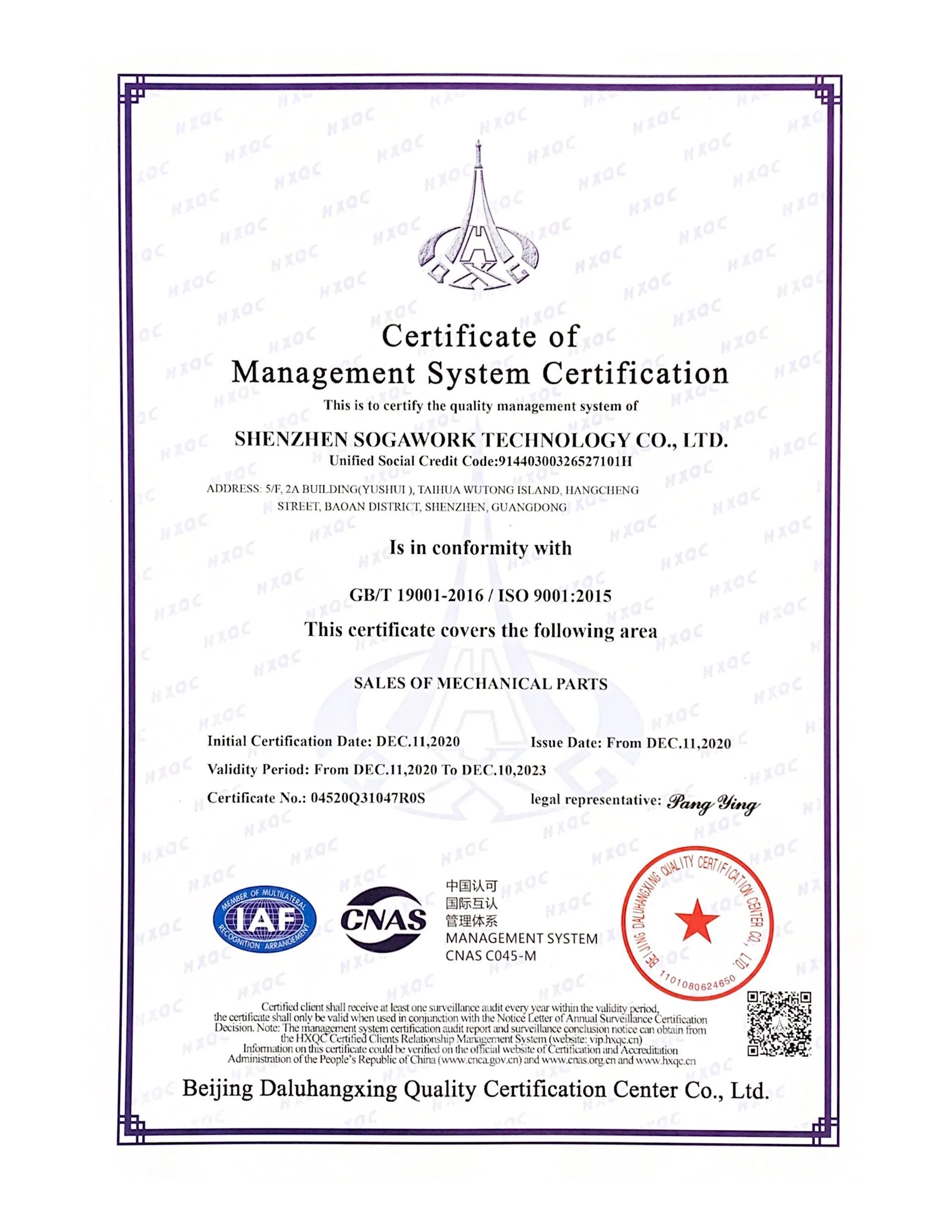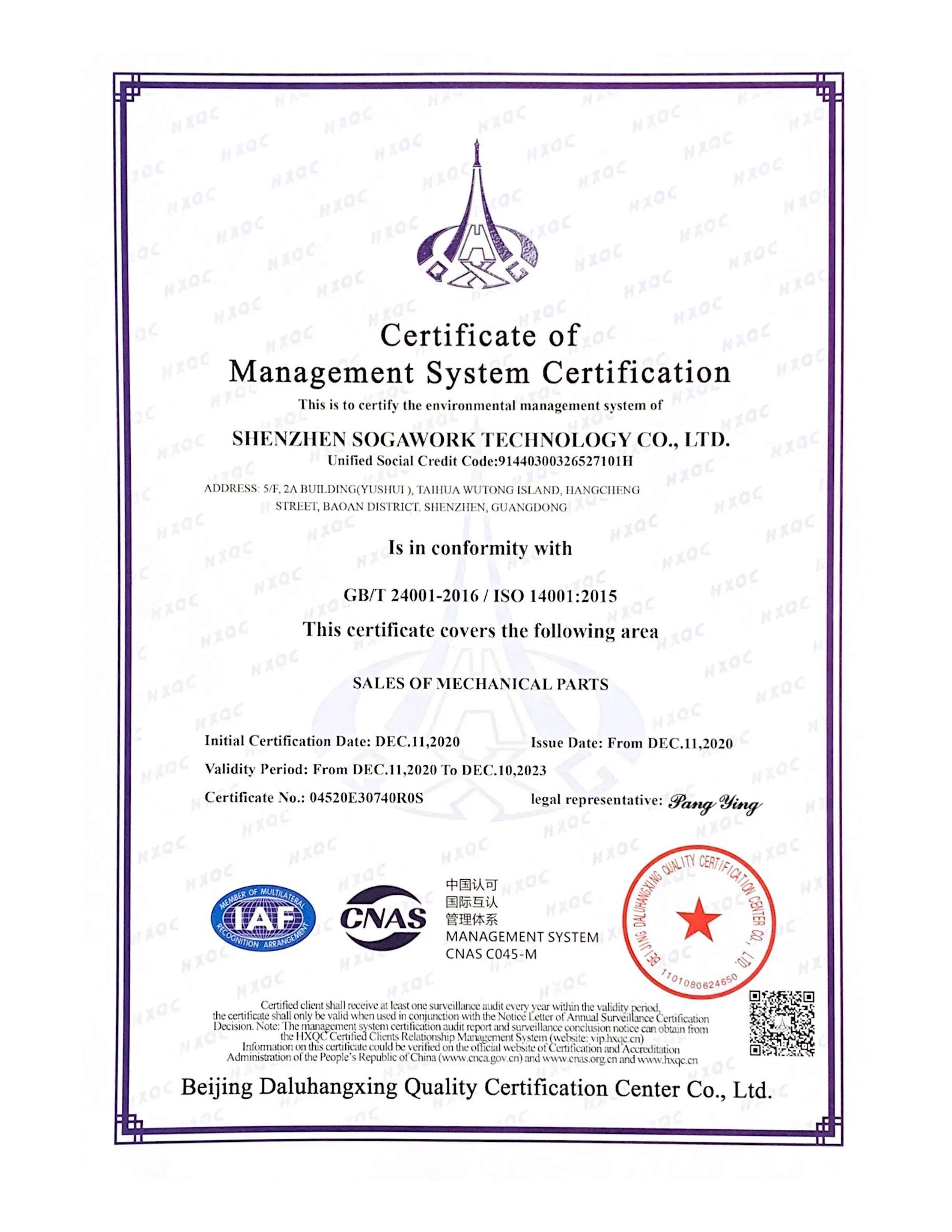CNC machining has transformed the way we craft precise components with unparalleled accuracy. Among a variety of materials, aluminum stands out as a versatile and highly desired choice. In this blog series, we'll delve into the basics of aluminum CNC machining, exploring its suitable processes, considerations, available alloys and advanced tips.
Understanding Aluminum
Aluminum, with the chemical symbol Al, is an element listed in the periodic table with an atomic number of 13, belonging to Group IIIA of the metallic elements. It has a relative density of 2.7 g/cm³, a melting point of 660℃, and a boiling point of 2327℃. Aluminum is a silver-white metal known for its lightweight properties and excellent ductility, conductivity, thermal conductivity, heat resistance, and radiation resistance. Aluminum ranks third in abundance in the Earth's crust, following oxygen and silicon, making it one of the most abundant metallic elements. Due to its abundance and favorable properties, aluminum is widely used in various forms such as rods, sheets, foils, powders, strips, and wires across significant industries including aerospace, construction and automotive.
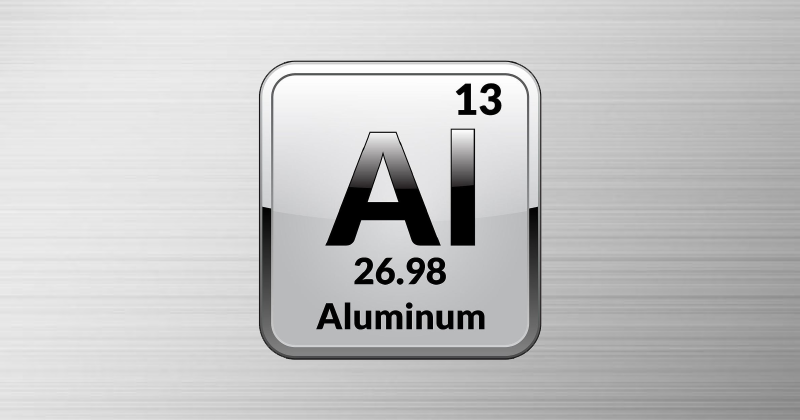
The Basics of CNC Machining
CNC machining is a prevalent subtractive manufacturing technology, utilizing various rotating tools to transform solid raw material blocks, known as blanks, into near-finished components. A CNC machine--often in connection with Computer-Aided Machining and Manufacturing (CAM) software—uses digitized data to automate, monitor, and control a machine’s movements.
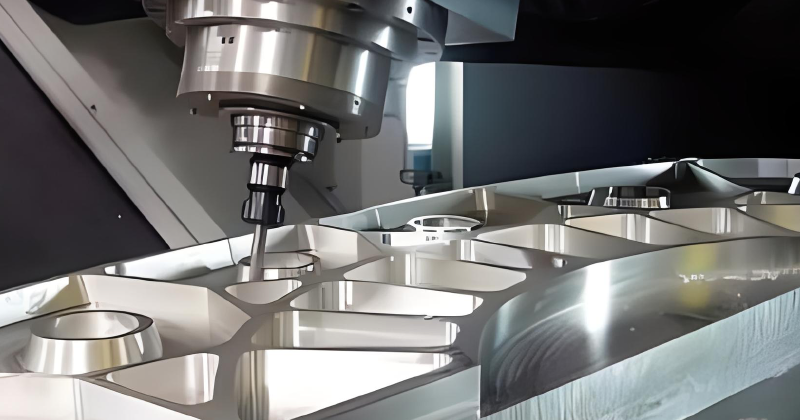
Aluminum CNC Machining Processes
Aluminum can be machined using a variety of precise CNC machining processes. Here are some of the common processing:
Milling: Aluminum is often machined using milling to produce various shapes of parts and components. Milling can be performed using different types of machines such as vertical mills and horizontal mills. Based on design requirements, CNC programming is utilized to control the tool's movements, removing material from the aluminum to form the desired shapes and dimensions.
Turning: Turning is a machining method where the workpiece rotates, and a cutting tool removes material from the aluminum to form cylindrical shapes. CNC lathes can automatically control the movement and rotation of the tool according to design specifications, achieving precise machining.
Drilling: Drilling involves rotating a drill bit on the surface of the aluminum and pushing it downward to create holes. CNC drilling machines can control the movement and depth of the drill bit according to design requirements, achieving precise hole machining.
Turning and Milling: Turning and milling combined machining integrates turning and milling methods to complete complex parts in one operation using CNC machine tools, improving machining efficiency and accuracy.
Cutting: Cutting involves using a cutting tool to cut the aluminum along its surface, shaping it into the desired shapes and dimensions. Common cutting methods include cutting machines and laser cutting machines.
Considerations for Aluminum CNC Machining
Factors to consider for aluminum machining include:
Material Selection: Choose suitable aluminum alloys considering their strength, machinability, and cost.
Part Geometry: Design the shape and structure of parts, considering machining difficulty, clamping methods, and efficiency.
Tolerances: Determine dimension tolerances and surface roughness requirements to meet design and functional needs.
Surface Treatment: Select appropriate surface treatment methods, such as anodizing, polishing, and coating, to enhance corrosion resistance and aesthetics.
Machining Parameters: Optimize cutting speed, feed rate, and depth of cut to improve machining efficiency and part quality.
Tips to Avoid Deformation in Aluminum CNC Machining
Reducing internal stress of the aluminum material: Employing pre-processing and other methods to partially eliminate the internal stress in blanks, thus reducing deformation during subsequent machining processes.
Improving Cutting Tool Performance: Select appropriate cutting tool materials and geometrical parameters, including front angle, back angle, helix angle, etc., to reduce cutting force, cutting heat, and mitigate machining deformation.
Implementing Symmetrical Machining and Layered Processing: Ensuring the uniform distribution of heat during the machining process by adopting symmetrical machining and layered processing, thus minimizing heat concentration and deformation.
Adjusting Cutting Parameters and Sequences: Modifying cutting parameters to reduce cutting force and heat and arranging machining sequences logically, such as rough machining, semi-finish machining, chamfering, and finishing.
Optimizing Workpiece Clamping Methods: Releasing pressure on workpieces before re-clamping, utilizing vacuum suction cups, and other methods to ensure uniform clamping force distribution and minimize deformation.
Utilizing Drilling before Milling for Cavity Parts: Drilling holes with a drill bit before milling or employing spiral down-cut programs to ensure smooth chip removal and reduce part.
Machining Aluminum Alloys
Aluminum alloys, renowned for their ease of machining and strength-to-weight ratio, offer a good choice for various precision machining applications. Alloys such as 2000, 6000, and 7000 are commonly chosen for precision machined parts owing to their versatility.
Aluminum 2024
Aluminum 2024 emerges as a moderate- to high-strength alloy known for its exceptional fatigue resistance and fracture toughness. Offering an ultimate tensile strength ranging from 200 to 540 MPa and an elongation at break between 14% and 20%, it finds its niche in aerospace applications, particularly in aircraft fuselage and wing tension members. Despite its relatively lower corrosion resistance, its robust mechanical properties make it indispensable in critical aerospace structures.
Aluminum 5052
Aluminum 7075 stands out as a high-strength alloy renowned for its robustness and durability. With tensile strength ranging from 434 to 580 MPa and an elongation at break of 10-15%, it finds extensive use in demanding applications across aerospace, military, and automotive sectors. Notable for its resilience, it serves as a vital component in aircraft fittings, missile parts, and other critical structures requiring exceptional strength. Its outstanding toughness makes it a preferred choice where reliability is paramount.
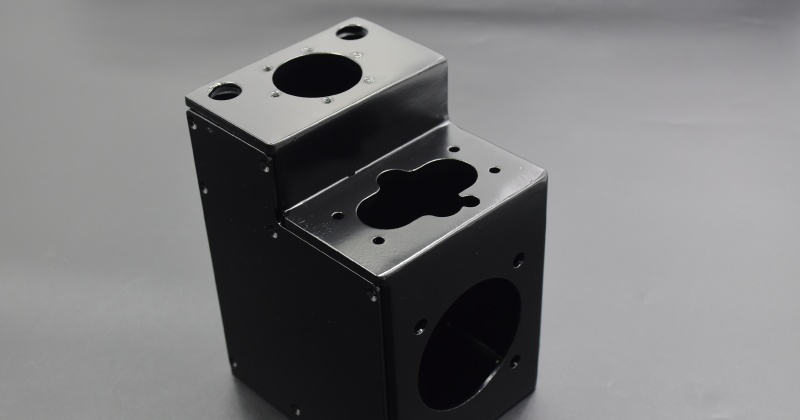
Aluminum 6063
Aluminum 6063 presents itself as a versatile alloy prized for its excellent extrudability and corrosion resistance. With its ultimate tensile strength typically around 186 MPa and elongation at break averaging 8%, it finds widespread applications in architectural and automotive components, as well as in furniture and decorative items. Its malleability and ability to be easily shaped make it a popular choice for various structural and aesthetic purposes.
Aluminum 6061
Aluminum 6061, a heat-treatable alloy, is favored for its exceptional machinability and weldability. With an ultimate tensile strength of 310 MPa and an elongation at break of 17%, it is widely utilized in industries requiring intricate geometries and precise specifications. Its versatility extends to automotive parts, bicycle frames, valves, and computer components, where its resilience and ability to withstand elevated temperatures are highly valued.
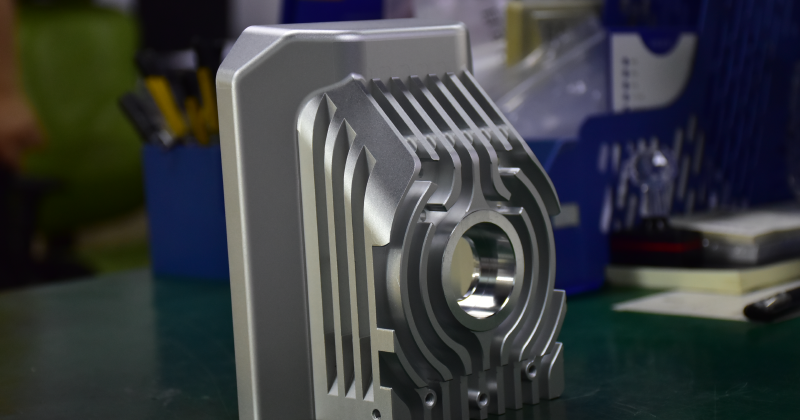
Aluminum 7075
Aluminum 7075 is esteemed for its remarkable strength-to-weight ratio and hardness, making it a top choice for high-stress applications in aerospace, military, and sporting goods. With a tensile strength ranging from 434 to 580 MPa and an elongation at break of 10-15%, it offers unparalleled reliability in aircraft fittings, missile parts, and other demanding structures where strength is paramount. Its resilience and durability ensure optimal performance in critical environments.
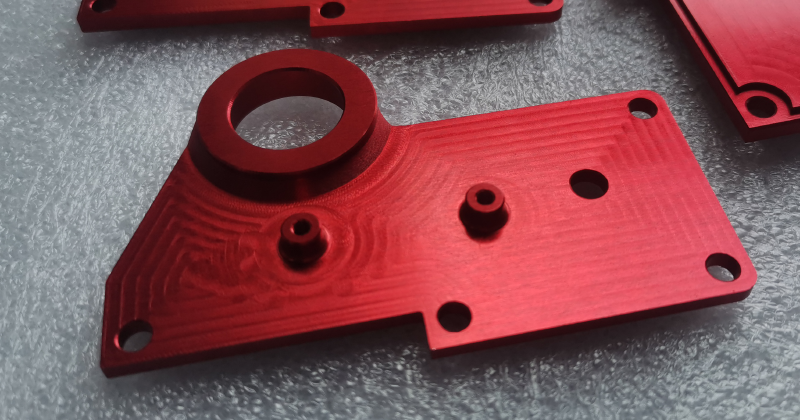
Aluminum MIC-6
MIC-6 aluminum is distinguished by its unique combination of alloy and casting method, resulting in stable, high-tolerance plates with impressive stress-relieving properties and machinability. With an ultimate tensile strength of 166 MPa and an elongation at break of 3%, it finds its place in machining components, electronics, and laser technology, where precision and stability are essential. Its contaminant- and porosity-free composition make it a preferred choice for applications requiring high accuracy and reliability.






